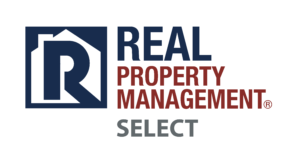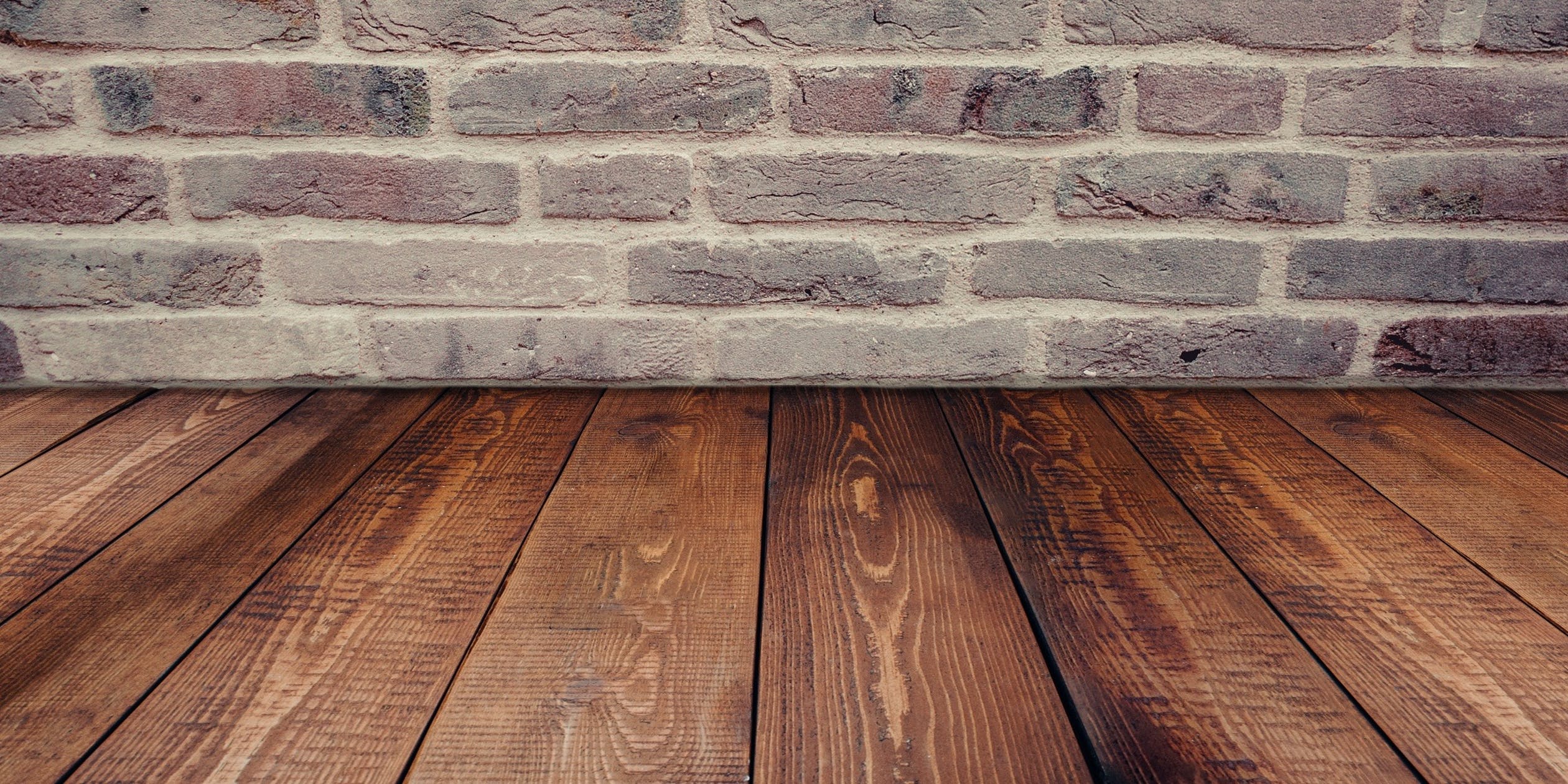Security Deposit – Frequently Asked Questions
Security deposits are one of the most disputed topics in a tenant/landlord relationship. As a property owner, your tenants will ask questions regarding their security deposits, and being prepared with the correct answers will help you to avoid future liability. Below are a few of these frequently asked questions:
How much is a security deposit?
A landlord’s security deposit requirement for a tenant can vary, but there are legal limits to what can be required:
-
-
- For a residential property that IS NOT furnished, a security deposit cannot exceed 2 times the monthly rent.
- For a residential property that IS furnished, a security deposit cannot exceed 3 times the monthly rent.
- Commercial properties do not have a restriction on their security deposit amounts.
-
When will I get my security deposit back?
After a tenant moves out, a landlord has 21 days to provide them with one of the following:
- A finalized list of expenses that were deducted from the security deposit.
- This is usually formatted as a letter and details how costs have been allocated. If not all of the security deposit was used, a check will also be included. If the cost of the repairs exceeded the security deposit amount, an amount owed to the landlord will be noted.
- Along with this list should be copies of invoices and receipts to substantiate the deductions. Repairs that were less than $126 are not required to have receipts.
- A good faith estimate (GFE) for the cost of repairs.
- If repairs and/or invoices cannot be processed and finalized by the 21-day deadline, a good faith estimate must still be provided to the tenant. The good faith estimate displays an itemized list of approximate costs that will be incurred. The GFE will usually not include receipts for work. After the final repair is completed, the landlord must provide the receipts within 14 days.
What will be taken out of my security deposit?
-
- The tenant can be charged for repairing damage to the property that is beyond normal wear and tear. Such damage includes but is not limited to the following:
- Excessive or large holes and scuff marks throughout the walls
- Gouges in the walls
- Poorly patched areas performed by the tenant
- Heavily stained or torn carpet
- Damaged blinds
- Missing or dead lightbulbs
- Dead batteries for smoke & CO detectors
- Damaged or destroyed appliances
- Dirty or missing HVAC furnace filter
- Trash and clutter throughout
- Cleaning services to return the property to prior condition
- Rekeying costs if keys are not returned
- Items that cannot be deducted from a security deposit:
- Regular wear of flooring in high-traffic areas
- A few holes and scuff marks in walls
- Minor scratches on countertops and railings
- Damage to the property that existed before the tenant moved in
- Full replacement costs of paint, flooring, curtains, and other significant renovations (see note at bottom)
- The tenant can be charged for repairing damage to the property that is beyond normal wear and tear. Such damage includes but is not limited to the following:
What if multiple people are on the lease?
-
-
- If money is owed to the tenant, the amount owed will be sent to all adult tenants named on the lease, unless otherwise specified in writing by all parties.
- If money is owed to the landlord, all parties listed on the lease will be held responsible for the balance.
-
How will my security deposit be returned?
-
-
- If money is owed to the tenant, the amount owed will be included with the final itemization list as a check. It is important for tenants to notify their landlord of their new address, so that their document can be sent correctly. If a new forwarding address is not established with the landlord, the document will be sent to the recently vacated residence.
-
Conclusion
The process of settling a security deposit out after a tenant has vacated can be overwhelming, and brings with it potential liability. Being prepared with the answers to these tenant questions will ensure that you’re able to navigate this process successfully.
Stay connected with our website and check out our other blogs to continue to learn if hiring a Sacramento property manager may be right for you, or contact us at (916) 238-1420 or sacramento@norcalpm.com, or for a Free Rental Analysis click here.
To see our main company website, visit https://www.norcalpm.com/.
Note on replacement costs: damage to these items that is beyond normal wear and tear require a special calculation to prorate the cost of the remaining useful life of the item. For example, a landlord cannot charge a tenant the full replacement cost of an 8-year old carpet, even if it was damaged beyond normal wear and tear. If this carpet had an expected life of 10 years, the tenant could reasonably be charged two years’ worth of life.
Sources:
https://leginfo.legislature.ca.gov/faces/codes_displaySection.xhtml?lawCode=CIV§ionNum=1950.5
https://www.courts.ca.gov/selfhelp-eviction-security-deposits.htm?rdeLocaleAttr=en



